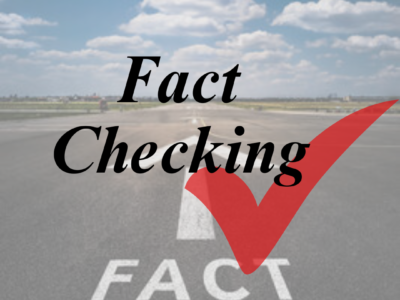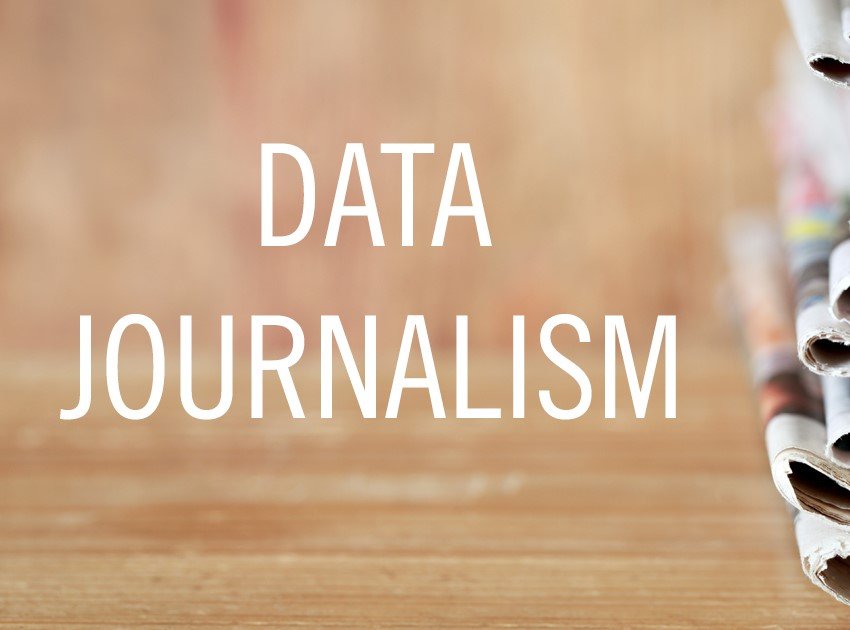Data Journalism
Studying data journalism course typically has several key objectives: By achieving these objectives, you can become adept at transforming raw data into insightful stories that inform and engage the public.
Overview
Studying data journalism course typically has several key objectives:
- Understanding Data Sources: Learn how to identify, access, and evaluate various data sources, including public datasets, APIs, and web scraping.
- Data Analysis Skills: Develop skills in analyzing and interpreting data using tools like Excel, SQL, or programming languages like Python or R.
- Visualization Techniques: Gain proficiency in creating effective data visualizations to convey complex information clearly and engagingly.
- Storytelling with Data: Learn how to weave data into compelling narratives that resonate with audiences, enhancing traditional journalism.
- Critical Thinking: Foster the ability to critically assess data quality, validity, and relevance, recognizing biases and limitations.
- Ethics and Responsibility: Understand the ethical considerations in data journalism, including issues of privacy, accuracy, and representation.
- Collaboration and Communication: Develop skills to work collaboratively with data scientists, designers, and other journalists, communicating findings effectively.
- Technical Proficiency: Acquire technical skills relevant to data journalism, such as coding, statistical analysis, and using data visualization software.
By achieving these objectives, you can become adept at transforming raw data into insightful stories that inform and engage the public.
Curriculum
- 3 Sections
- 6 Lessons
- 10 Weeks
Expand all sectionsCollapse all sections
- Module 1: Introduction to Data and Data JournalismThis lesson will provides an introduction to data and data journalism, explaining the types of data, the role of data in storytelling, and how journalists can utilize various data sources, tools, and techniques to uncover insights and craft compelling, fact-based narratives.3
- Module 2: Social Media and EngagementThis lesson will discusses the role of social media in journalism, highlighting how platforms facilitate content distribution, audience engagement, and community building, while also exploring the use of social media polls for gauging public opinion and driving interaction.2
- Module 3: Creating and Developing Data-driven StoriesThis lesson outlines the process of creating data-driven stories, emphasizing the steps from identifying a narrative and analyzing data to visualizing findings with tools like Datawrapper, while highlighting the importance of context, accuracy, and audience engagement in data journalism.4




